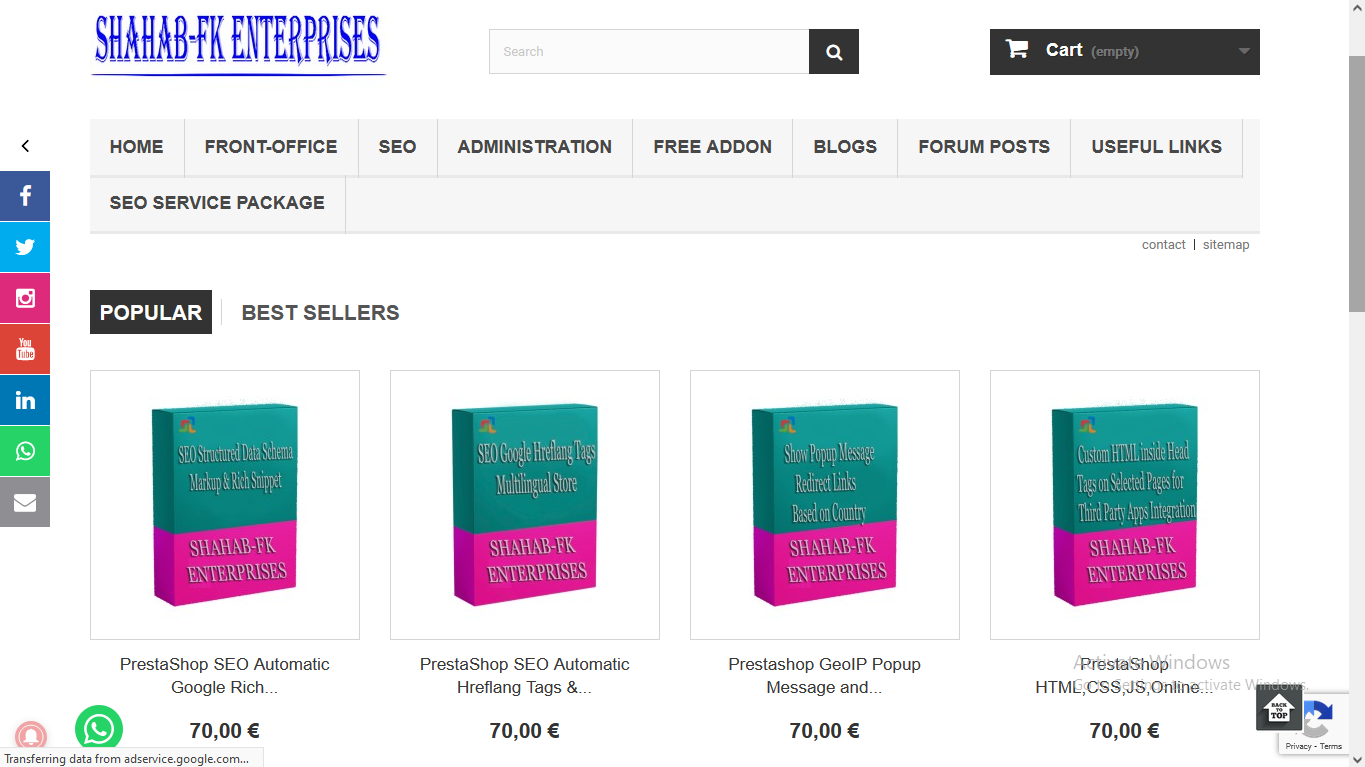Using hreflang and canonical tags in PrestaShop brings significant SEO and usability benefits, especially for multilingual or multi-regional stores. Here’s how each contributes:
🔗 Benefits of hreflang Tags
hreflang tags help search engines understand which language or regional version of a page to show to users, improving international SEO.
✅ Key Benefits:
- Improved User Experience
Shows the correct language/region version of the page to the user automatically. - Avoids Duplicate Content Issues
Tells Google that different language versions are for different audiences, not duplicates. - Better Indexing
Helps search engines index the correct pages for each language/region. - Increased International Visibility
Enhances visibility in localized search results (e.g., google.fr vs google.de). - Reduced Bounce Rates
Users see content in their language, increasing engagement and conversions.
📌 Benefits of canonical Tags
canonical tags help search engines identify the preferred version of a page when duplicate or near-duplicate content exists.
✅ Key Benefits:
- Avoids Duplicate Content Penalties
Ensures SEO value isn’t split across duplicate URLs (e.g., product filters, pagination, tracking parameters). - Consolidates Link Equity
All backlinks and SEO signals point to the canonical URL, improving ranking strength. - Better Crawl Efficiency
Prevents search engines from wasting crawl budget on similar pages. - Clear SEO Signals
Helps search engines know which version of a page to rank and show in search results.
✅ Best Practices for PrestaShop:
- For
hreflang:
Use a PrestaShop module or custom override to generate proper hreflang tags for all language/region combinations of a product or CMS page. - For
canonical:
Ensure canonical URLs point to the “clean” version of the page, especially for filtered category views, pagination, or parameters.
Would you like PHP code or module suggestions for implementing these in your PrestaShop store?

